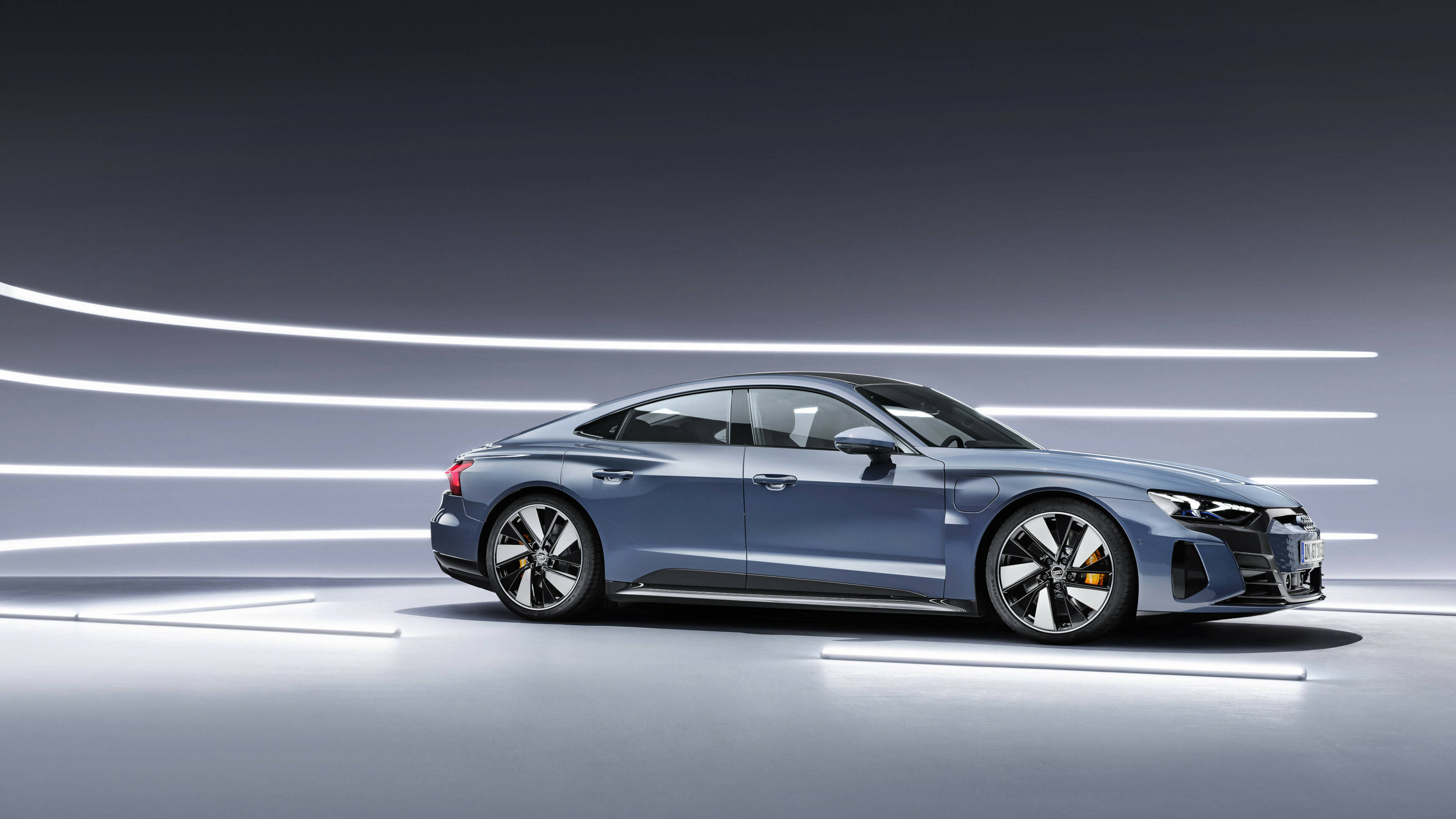
Like all legacy carmakers, Audi’s path to electrification has not been a straight line; it has deviated and twisted along the way, with the occasional dead end and dramatic shift in strategy. The one constant has been the designation ‘e-tron’, the nameplate that signifies an electrically-powered Audi.
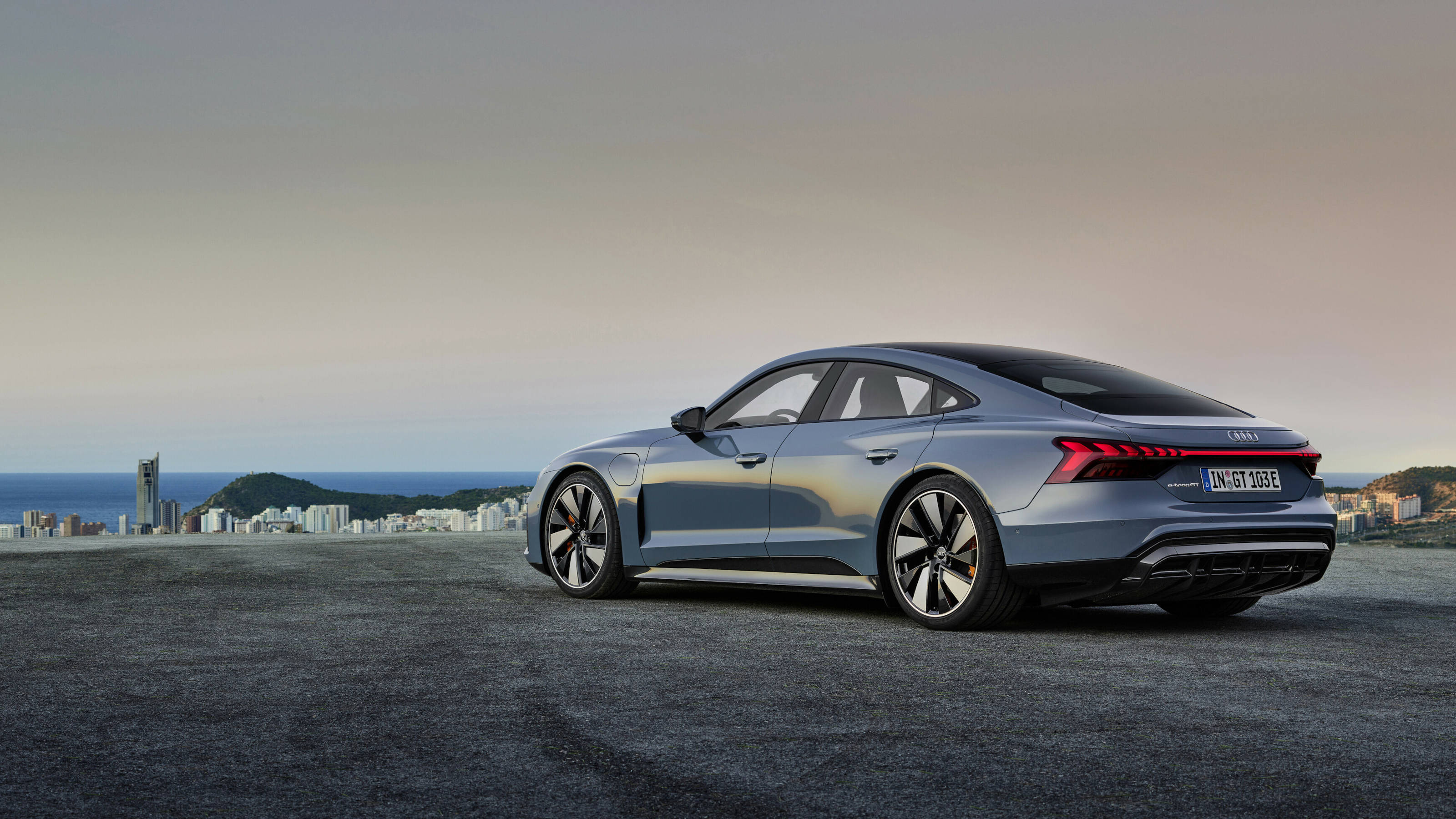
Some 14 years since the first e-tron-branded car made its debut, a coherent strategy finally seems to be emerging. This is the Audi e-tron GT, currently the only non-SUV electric car in the Audi line-up. The e-tron GT is something of an outlier, for it has no ICE equivalent. Sleek, low and wide, it’s as if the elegant coupé and fastback designs of the A5 and A8 had been given a futuristic makeover.

This is fitting, for the production version of the e-tron GT has remarkable fidelity to the original show car, the Audi e-tron GT concept that debuted at the 2018 Los Angeles Auto Show. The fine proportions keep the car looking fresh, even if the tech underpinnings are just starting to show their age. This model is the ‘standard’ e-tron GT, trumped only by the RS e-tron GT, a much pricier and swifter machine. The actual performance difference comes down to mere seconds; the main improvement is to the on-board kit and specifications.
Living with the Audi e-tron GT
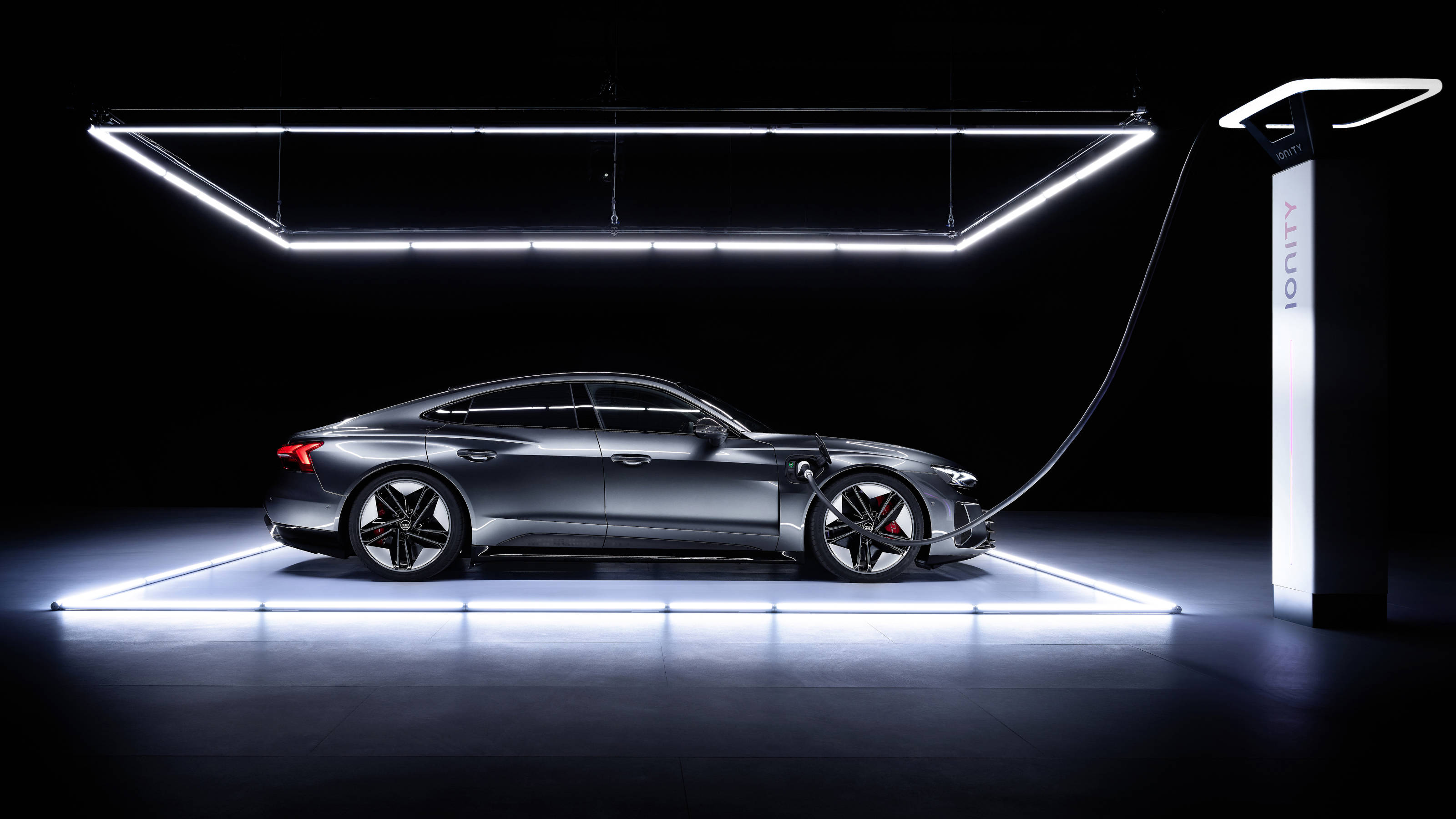
We recently spent an extended period of time with the Audi e-tron GT, exploring what it was like to live with on a day-to-day basis. The most notable takeaway was just how different it felt compared to its peers. Even after trying some of the very latest electric cars, all developed and released long after the Audi, getting back behind the wheel of the big German felt like being in a sports car, in terms of its low driving position, deft handling and easy performance.

In fact, there are just two strikes against this car; range and size. The latter is something you just have to adapt to. The GT is wide, at 1.96m, making width restrictors an unnecessarily stressful experience and limiting available parking spots. Range is more of a puzzler. Audi says the e-tron GT quattro has a range of up to 305 miles, but the reality is around 80 per cent of that, if you’re lucky with traffic, don’t dip into the performance, run the heater or drive up any steep hills.
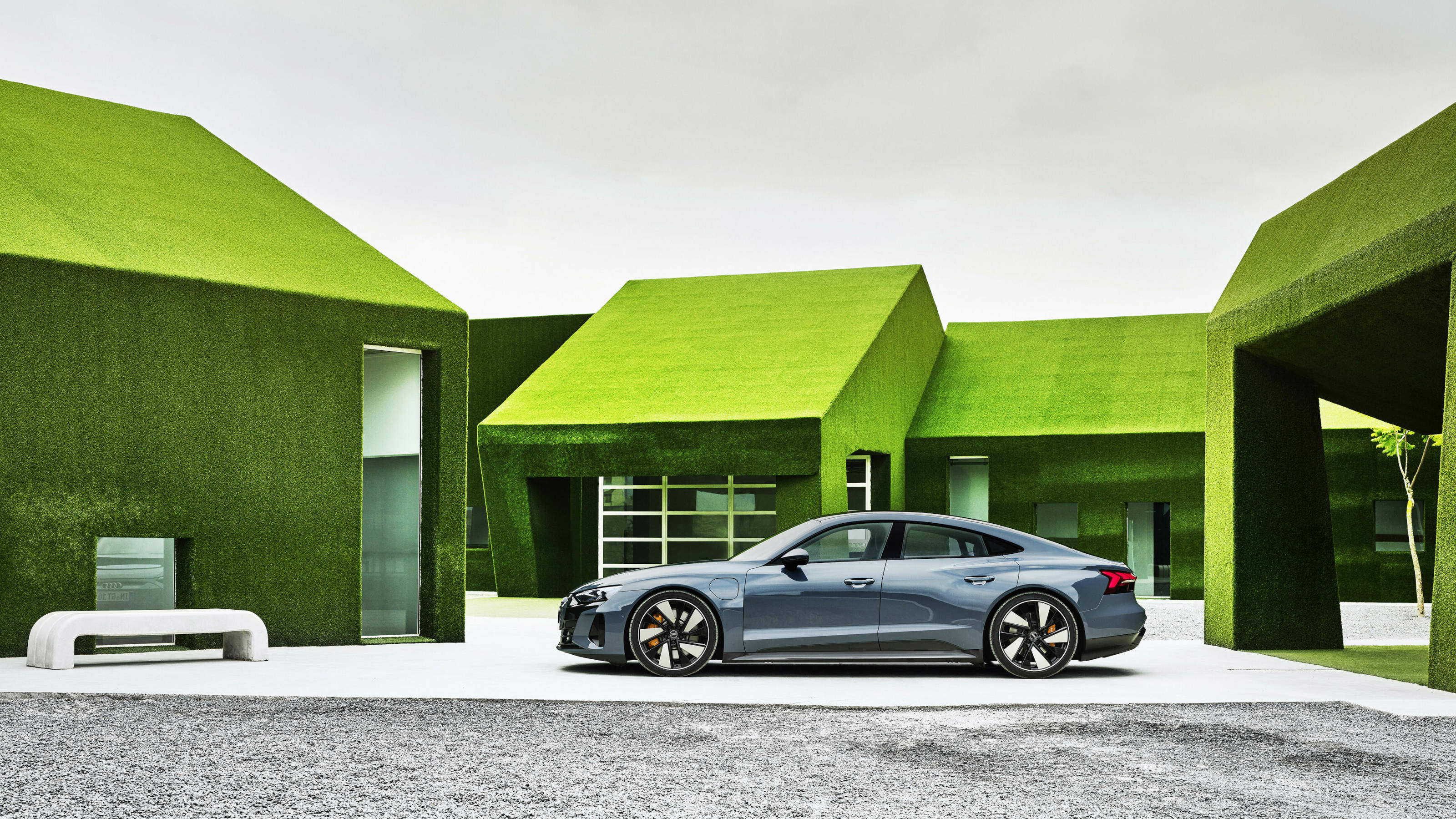
Range is traditionally a thorny problem for EVs and this one stat belies the Audi’s age; a mid-200 showing is really the bare minimum required to avoid the double-whammy of range anxiety and careful planning of charge stops. It’s simply not enough for a long-distance GT car. On top of that, this lesser GT model lacks amenities like a head-up display and adaptive cruise control, the kind of extras that should be baked into a flagship model. To add insult to injury, the car replaces these high-tech systems with blanked-out bits of black plastic.
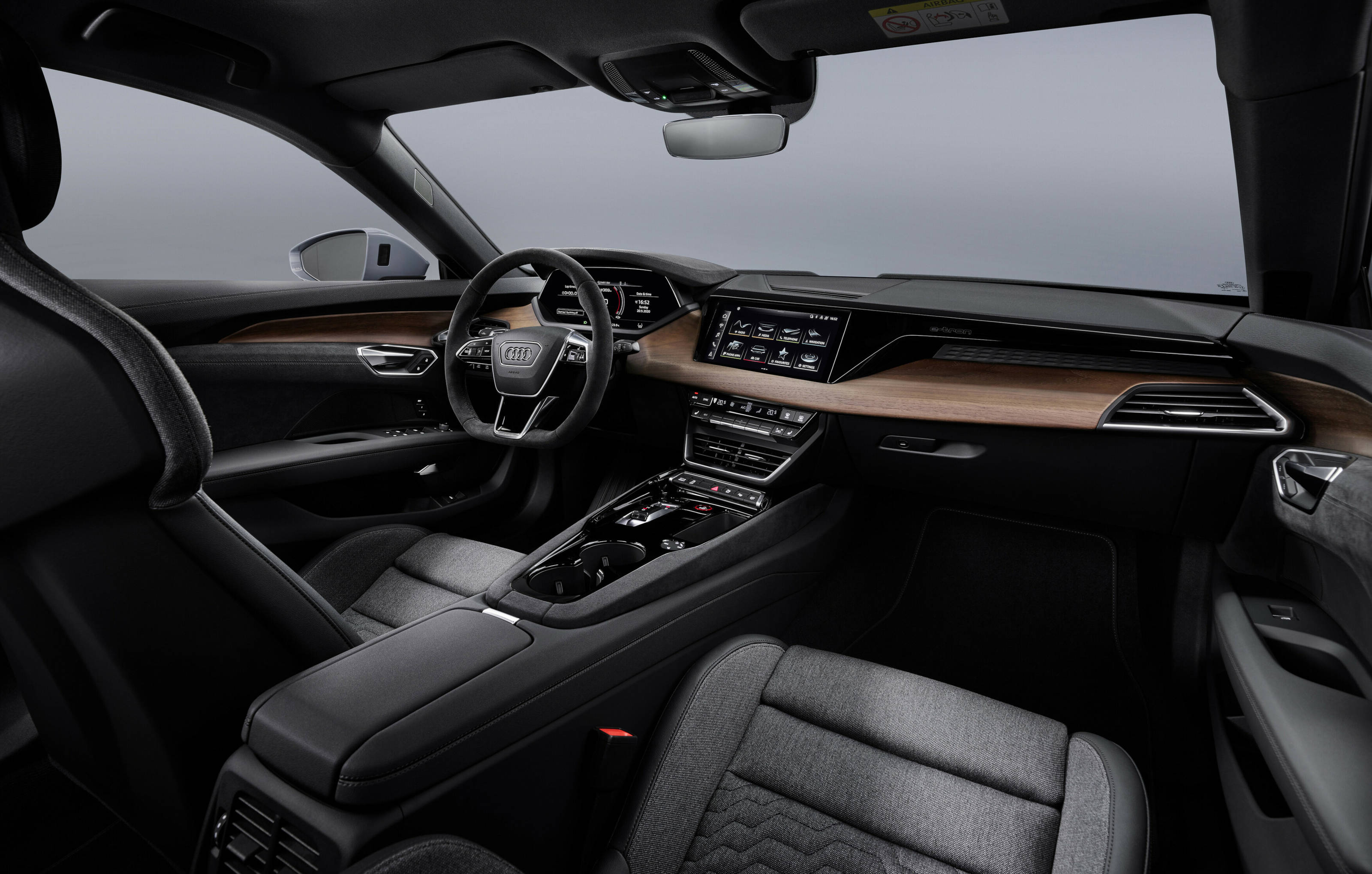
Provided the haul is not too long, however, and the GT is superlative in almost every other respect. Once you’ve acclimatised to the car’s scale and finessed the regular ritual of switching on ‘eco’ mode at the start of every journey, it makes for an effortless and accomplished daily driver. Those broad flanks mean there’s ample interior space for five, with a glass roof illuminating the dark-trimmed cabin.

Audi should also be commended for not giving over completely to touch screens. The main touch display has a pleasing haptic ‘click’, but most other controls are given over to switches and dials. Ride quality is generally good, although there’s the occasional battery-enhanced thump and crash on rough surfaces – it’s tough to mask all that weight.
As all EV owners know too well, speed and acceleration might be effortless, but they’re instantly accounted for by a corresponding decrease in range. Even in top-speed restricted ‘Eco’ mode, though, the GT never feels remotely slow. However, there’s a distinct lack of bite to the regenerative braking. This is operated by the steering wheel paddles, which feel rather redundant given how little they do.

The e-tron GT shares a substantial amount of its underpinnings with Porsche’s Taycan, and it’s no secret that the latter car outsells it practically two to one. The big question is whether the e-tron GT will ever be replaced. With companies like Volvo abandoning the electric saloon car altogether, the sporting, fastback saloon risks going the same way.
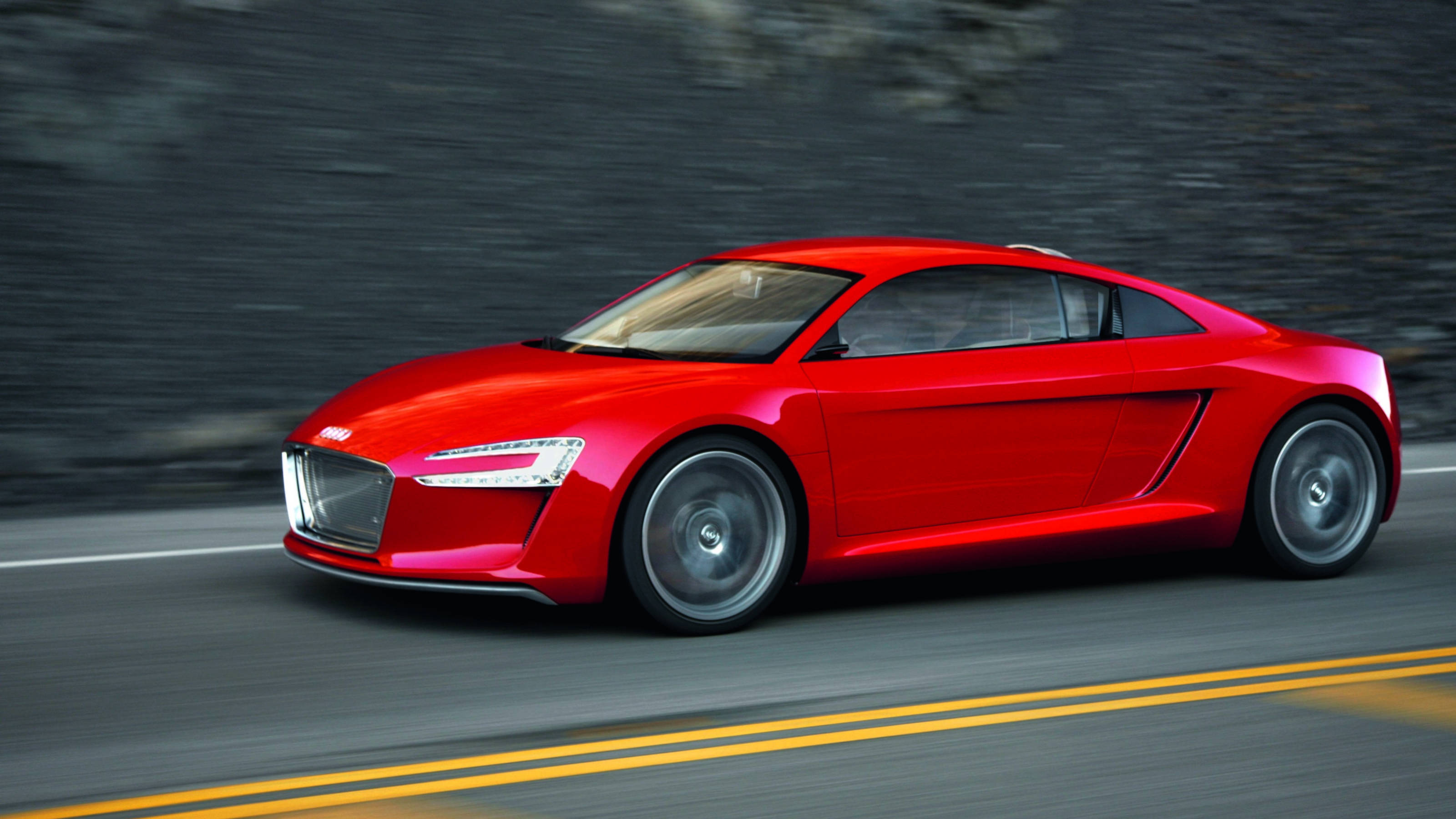
Audi's e-tron range has always been a little bit confusing but seems to have coalesced around the company’s ‘Q’ models – that is to say SUVs. Right now, you can get Q4, Q6 and Q8 e-trons, both in regular and ‘Sportback’ forms.
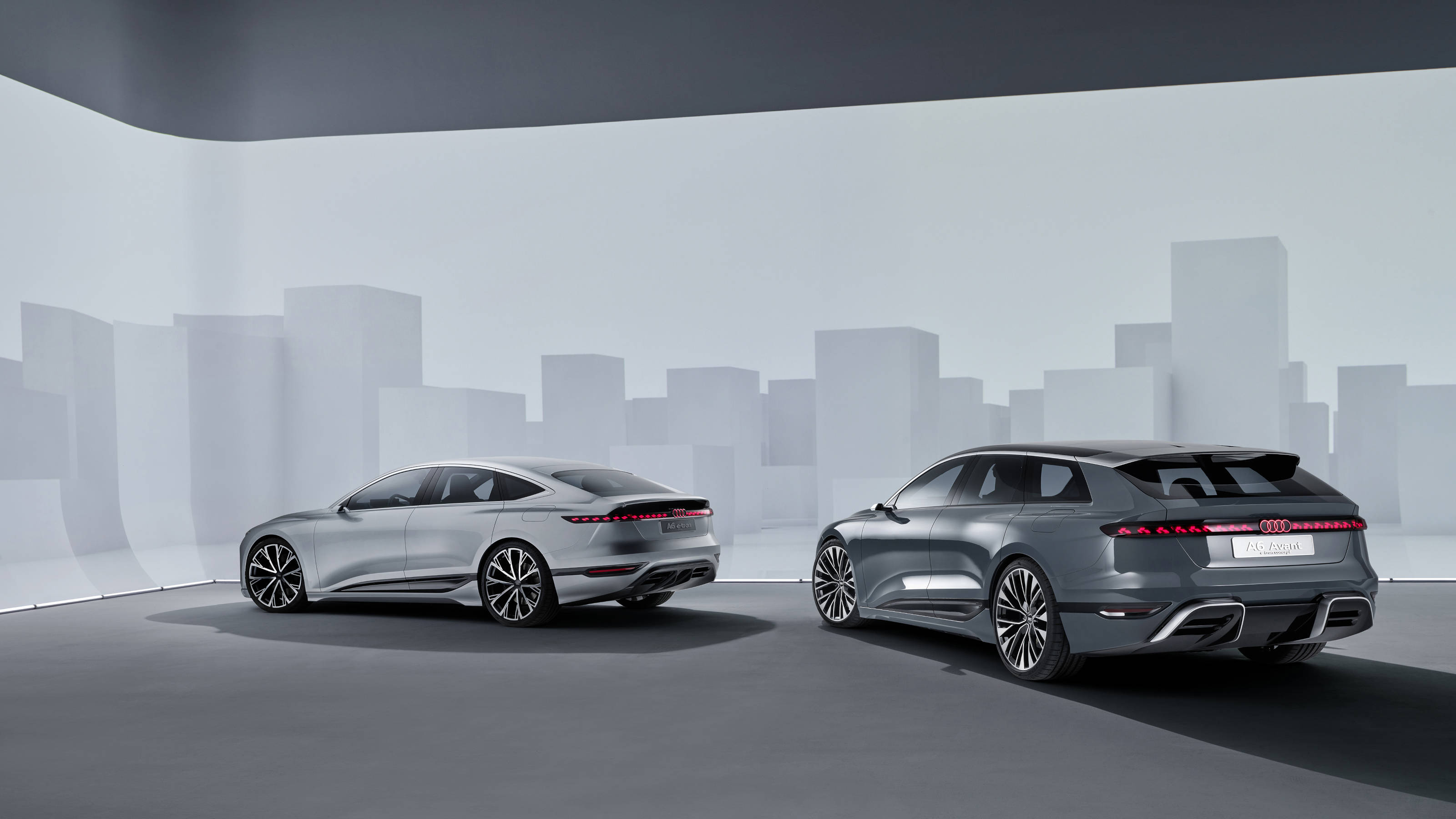
Happily, the company seems to be keeping the flame alive with its 2021 A6 e-tron concept, a proposal for an electrified saloon and estate version of the mid-size A6 model, due for imminent replacement. Every indication is that the next generation A8 flagship will be all-electric as well. However, the e-tron name could also fizzle out altogether – it was notably absent from the quartet of 'sphere' concepts released from 2021 onwards, the Urbansphere, Grandsphere, Skysphere, and Activesphere. As electric cars become the rule, rather than the exception, it makes less sense to identify them as somehow different.
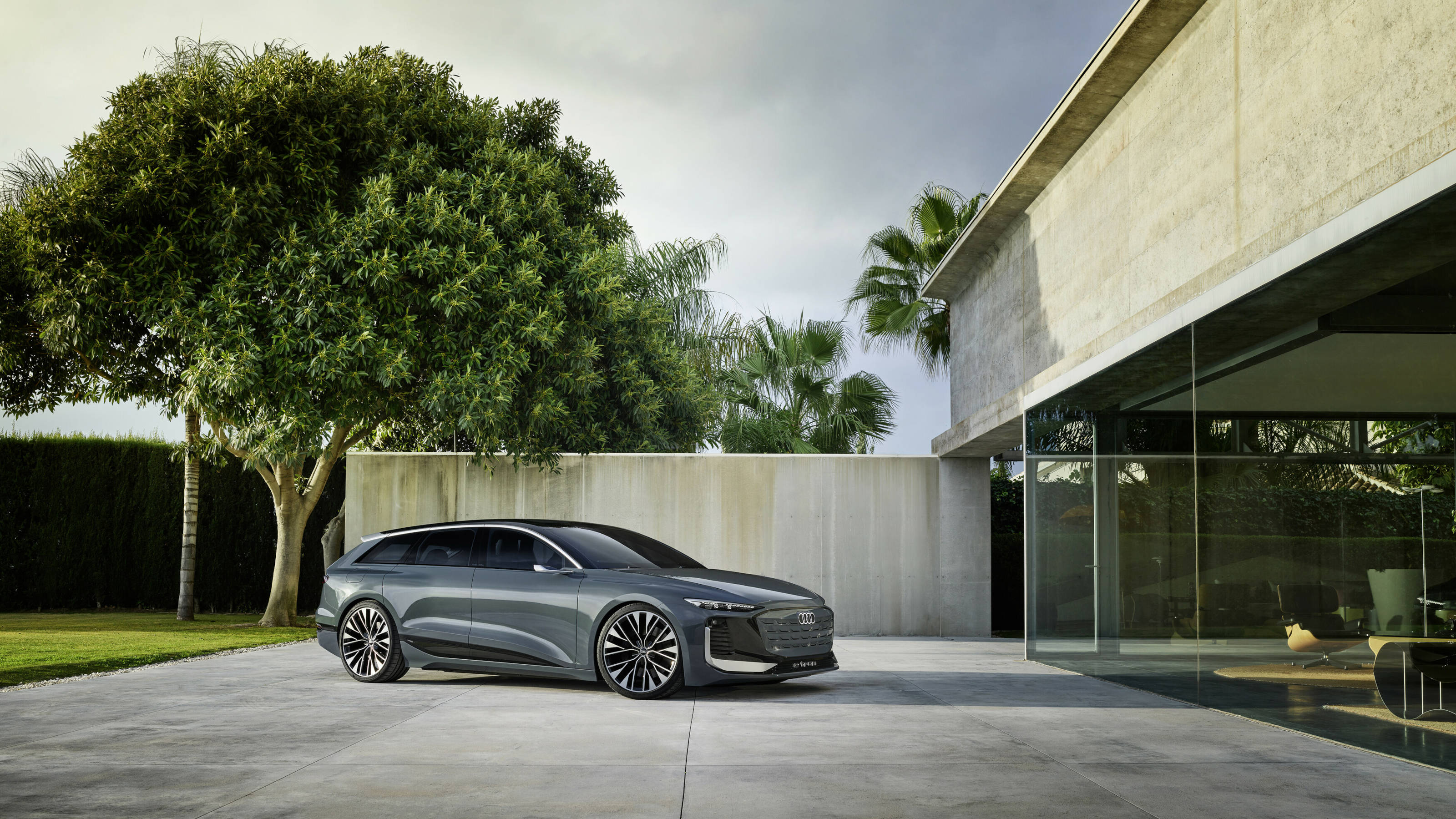
One area where the benefits of battery power are of primary importance to a brand like Audi is in performance and sport; lest we forget, the very first e-tron model was a 2009 concept car dubbed simply the ‘e-tron’. Based on the Audi R8, it entered very limited production in 2010 (with a very limited range as well) before being offered as a full production car in 2015. These were early days for EVs, and the Audi R8 e-tron bore a pioneer’s premium, with a price tag of around €1m. Unsurprisingly, only around 100 were sold.
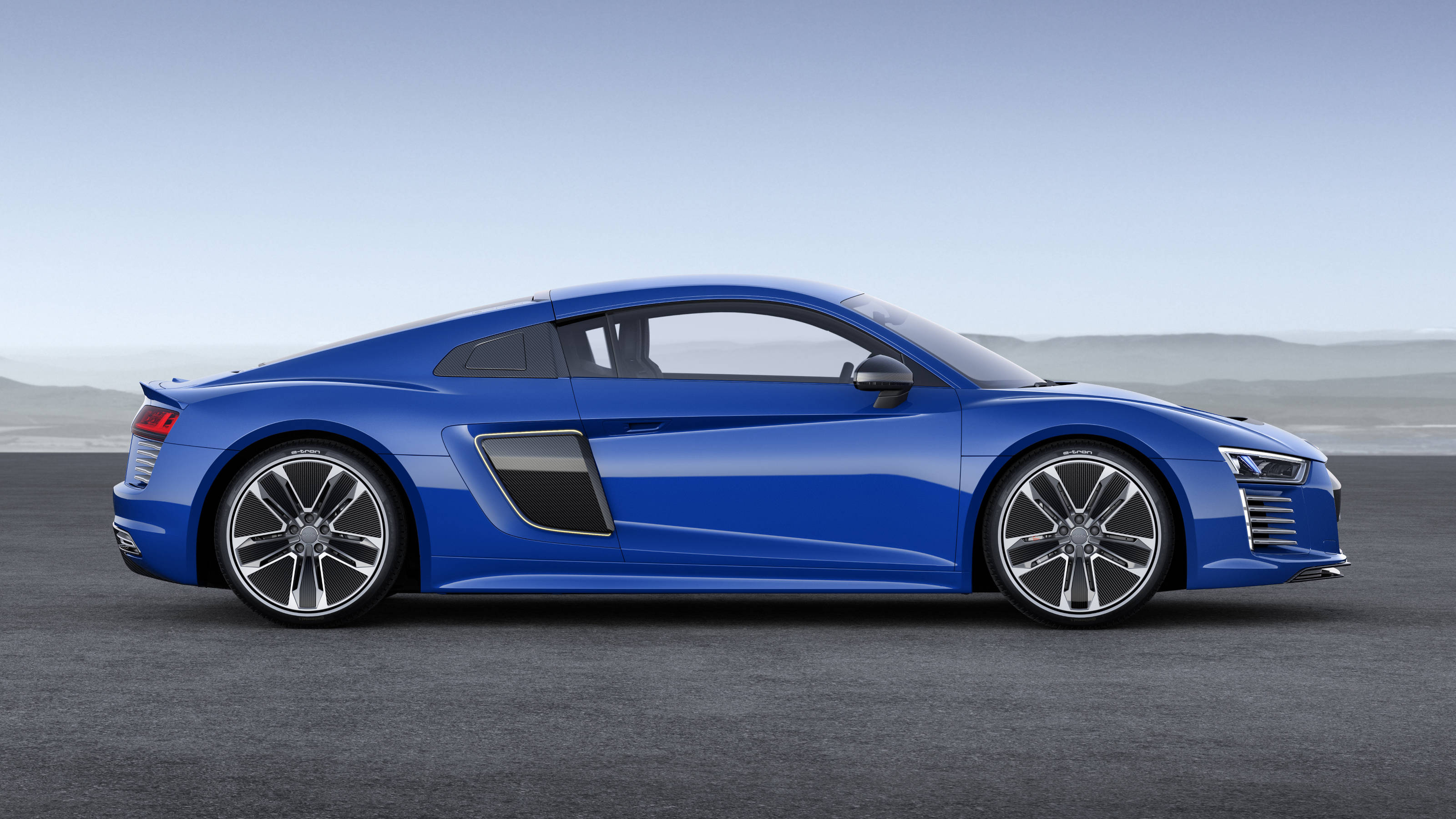
There was also a little seen 2010 concept, the Detroit-Showcar Audi e-tron, a beautifully finished and proportioned two-seater that hinted at a future electric TT, but ultimately fizzled out into nothing. From here, the e-tron name was confusingly added to hybrids as well as EVs, starting with the 2011 A3 e-tron concept (later a production car) and the Chinese market specific Audi A6 L e-tron concept (2012).
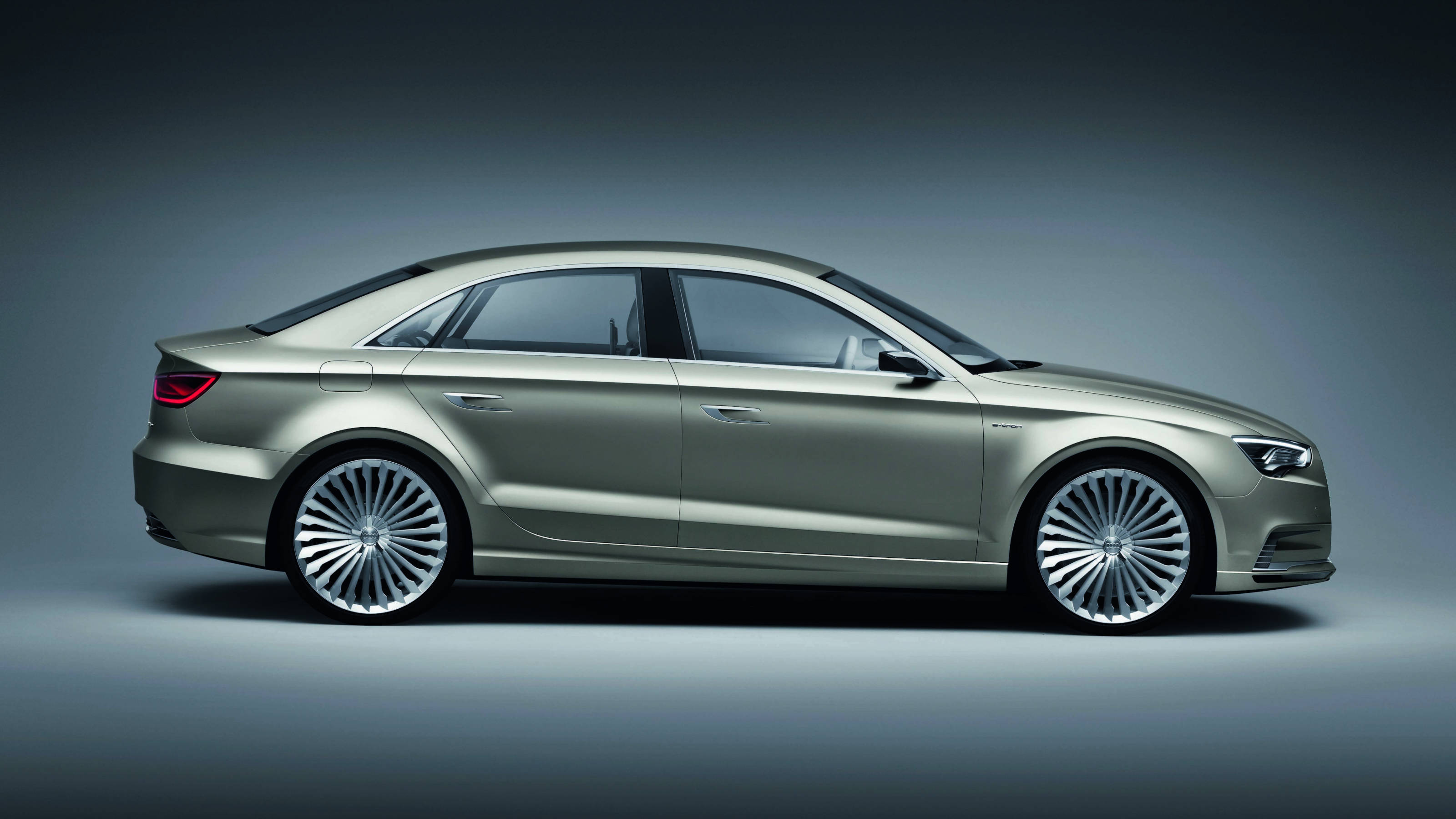
The company briefly diversified into a parallel world of ‘h-tron’ concepts, signifying hydrogen power, with the e-tron concept family essentially becoming a preview of production cars. The waters were muddied from here on in, as the 2015 e-tron quattro concept eventually arrived as the e-tron S quattro in 2021. This was subsequently renamed as the e-tron Q8 and joined by a cookie cutter family of smaller SUV models, the Q6 and Q4.
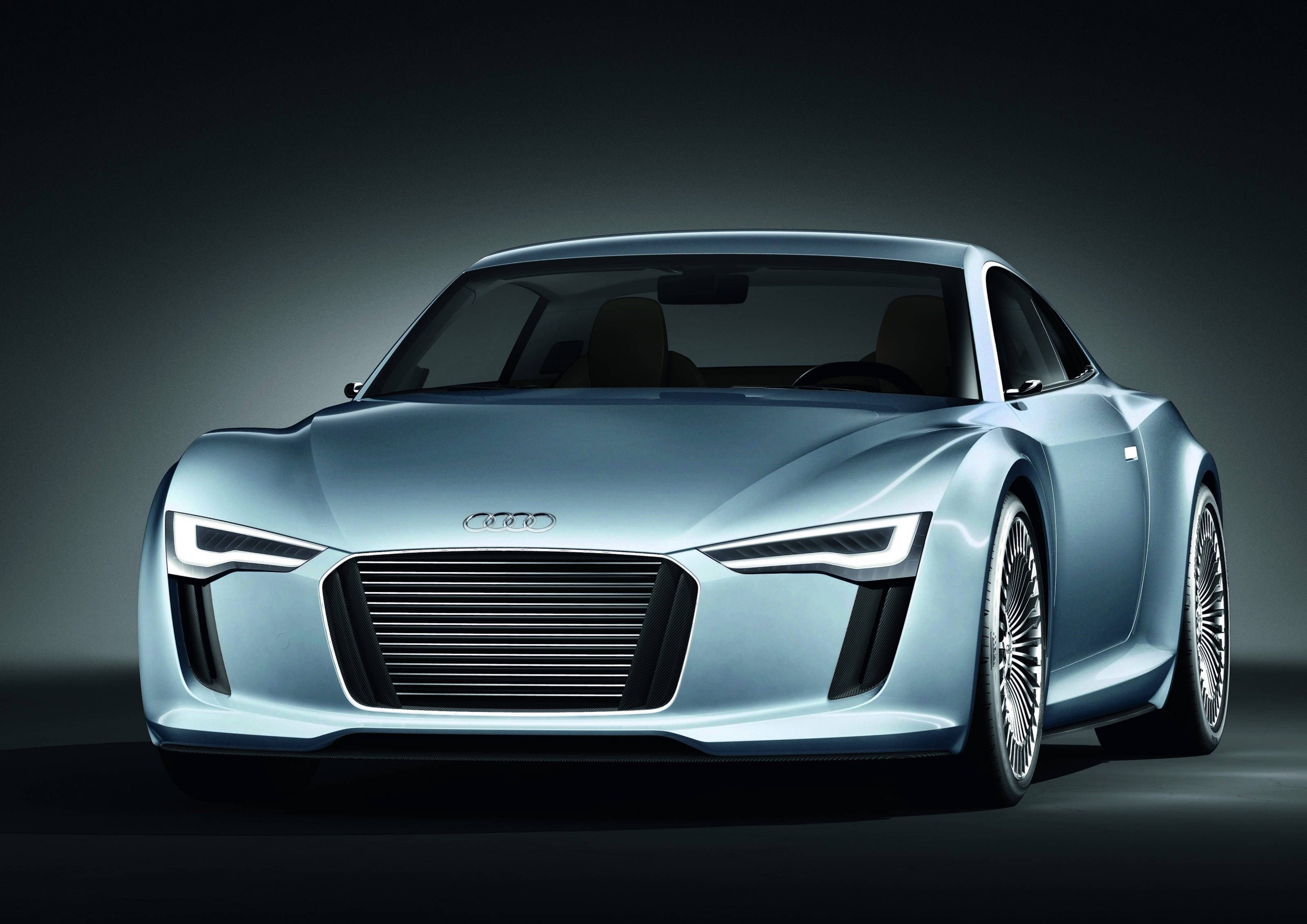
At the same time, there was a separate strand of Audi design that pushed the performance potential of electric cars, despite the failure of the R8 e-tron. This manifested itself in the 2018 Audi e-tron Vision Gran Turismo, which made the transition from virtual racing car to potential Formula E contender, and the closely related 2018 Audi PB18 e-tron concept car, revealed at Pebble Beach and intended as a far future vision of high-end sports car.
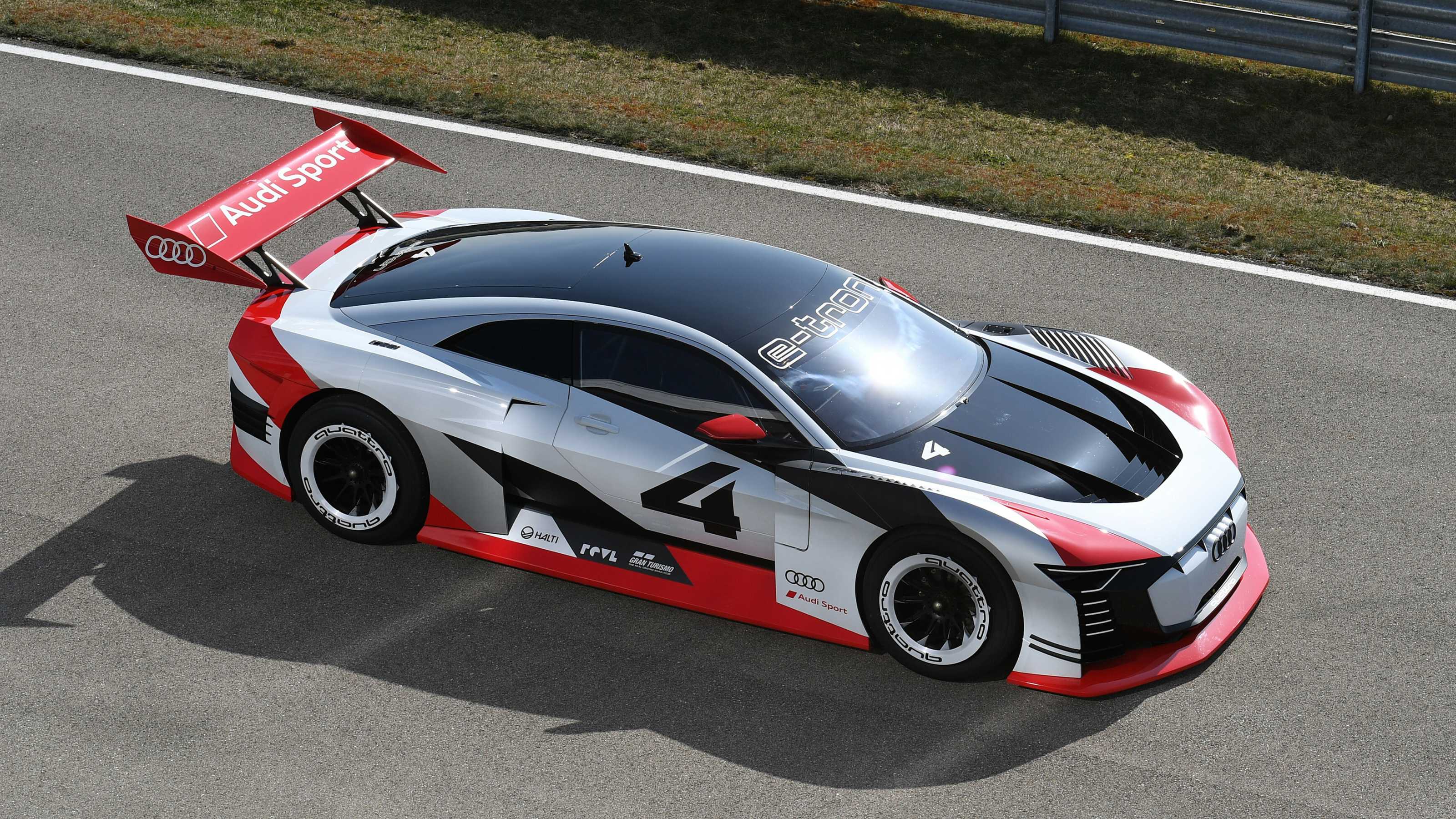
There has also been the one-off Audi S1 e-tron quattro Hoonitron, built for the late stunt driver Ken Block and the formidable Audi RS Q e-tron rally car (actually a sophisticated hybrid).
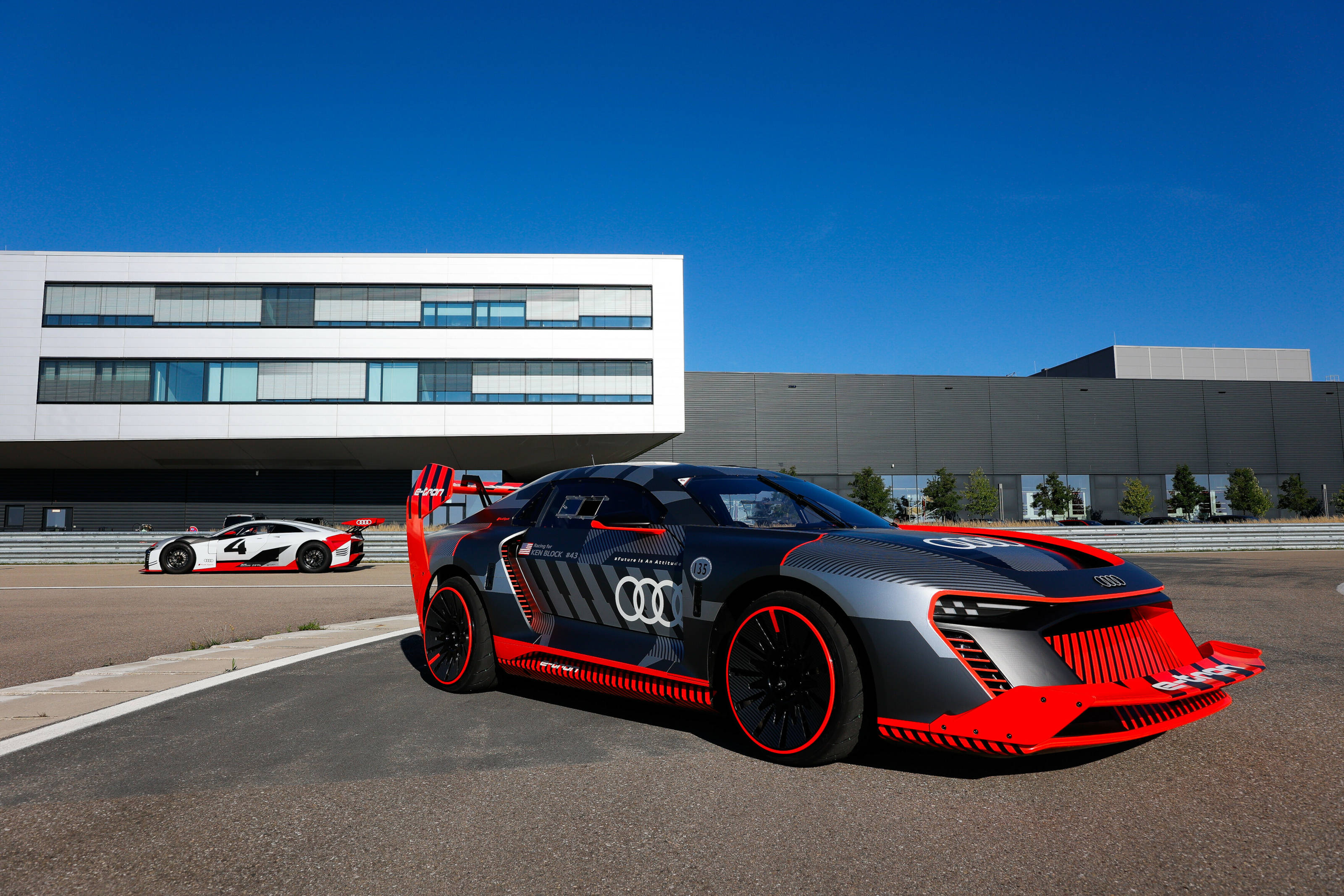
With Audi’s twin performance icons, the R8 and TT, leaving production in the near future, there’ll be an obvious sports car-shaped hole in the company line-up. Dedicated EV two-seaters are still thin on the ground, with Porsche’s forthcoming 718 EV perhaps the most promising. Could Audi repeat the TT’s era-defining success for the electric age?

Whatever happens next, the global love affair with SUVs shows no signs of abating, ensuring that most near future Audi EVs will continue to be the behemoths of the road. For now, the e-tron GT occupies a small but important niche as a premium performance EV. It’s still a fine machine, and one that deserves a second act.

Audi e-tron GT quattro, from £87,800, Audi.co.uk







